In the age of technology, being in the product-space is undeniably exciting. Especially for Product Managers, who can utilize the best of tools to transform ideas into products.
Delivering a product that customers love is the result of making collective effort work under a single vision. This requires a lot of insight and expertise.
But not every Product Manager knows what to do right from the beginning. It takes a lot of wrong footfalls and mishaps before they gain the necessary expertise to lead a product toward success.
However, there is a shortcut that takes you to your destination faster.
Books.
To help you make better decisions, and overall become a better Product Manager at a faster rate, here are our top 10 picks in Product Management Books.
Let’s go.
The Lean Product Playbook
Step-by-step guide for building successful products, MVP, and Product-Market Fit.
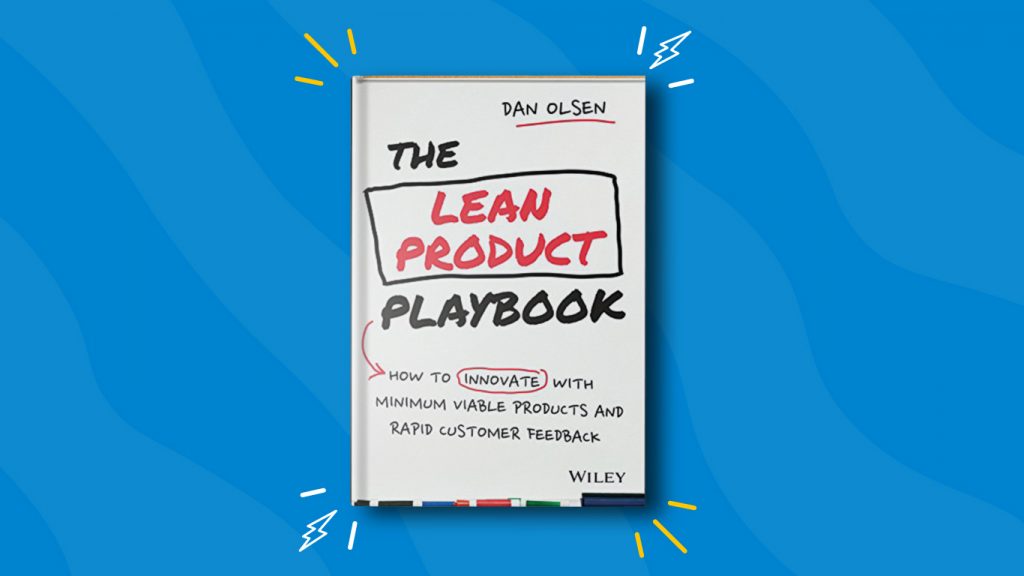
Written by Product Management Expert Dan Olsen, the book revolves around the central idea of “Why Startups Fail?” Reading that question itself can trigger a series of responses, ranging from stagnation to insufficient funds.
Ultimately, as Olsen points out, it boils down to whether a startup achieves product/market fit.
Product/Market fit is a big driver when it comes to deciding whether your startup will scale and grow.
The book guides the reader step by step on how to achieve Product/Market Fit. Built from the ideas of the Lean Product Process, it explains how a product idea should be tested before any sort of investment is made.
Whether you are someone struggling to make your newly-launched product work or someone with a new idea wanting to know if it will work, you should pick Olsen’s book and try the methods he lays out.
Undoubtedly, this is one of the best product management books you will come across.
Make Time
A complete productivity guide for Product Managers
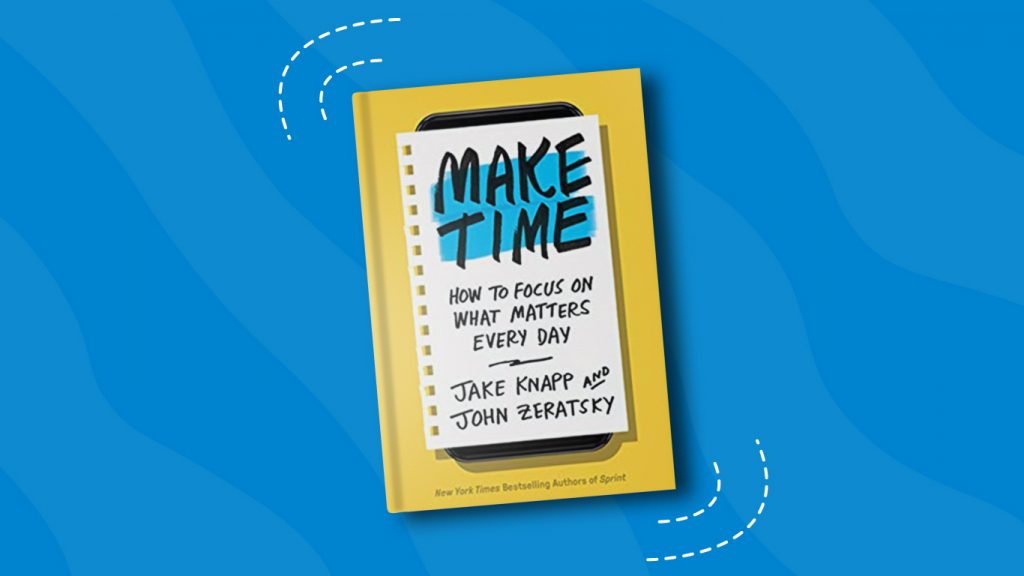
From the masterminds behind the Design Sprint at Google Ventures comes another classic. As told by the authors, ‘Make Time’ is not a guide toward better productivity.
Instead, it is about making time for things that truly matter in life.
In a world where getting distracted is as easy as breathing air, completing a set of tasks becomes highly difficult.
Product Managers can attest to this fact through their personal experiences. Be it emails, calls from clients, or meetings, there is always something that hangs in the air, ready to take you away from the important task.
‘Make Time’ can help you break from those patterns. It focuses on redesigning the day-to-day, operational systems in an office or elsewhere so that the important task becomes the only thing on your plate for the day.
The Lean Startup
Innovation, concepts, and everything about successful startups
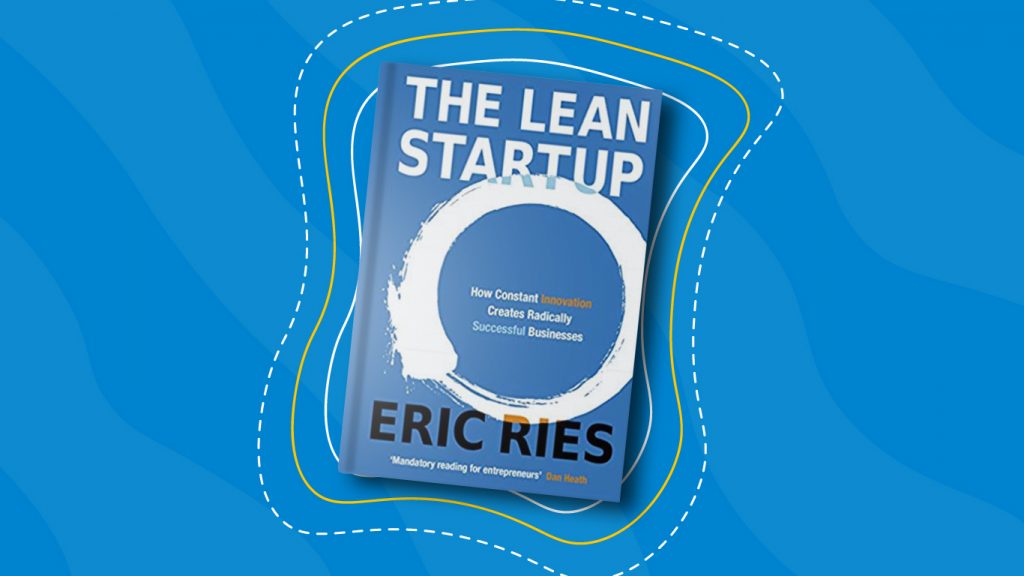
Stories of startups that disrupt the market with their quick launches are nothing new.
Apps like Facebook, Snapchat, and TikTok are prime examples; they seem to jump out of nowhere only to be propelled to stardom.
Who would not want such superpowers?
While getting to the point where good products just seemingly build themselves might seem impossible, Reis shows us otherwise.
In his book, ‘The Lean Startup’, he lays out the principles of Lean Methodology. Simply put, focusing on a faster cycle time by involving customers in the building process takes your product to being not just functional, but valuable to customers faster than traditional launch-and-wait methods.
Feedback, as the book puts it across, will give you the insights necessary for you to know if you should persevere with your current product or pivot.
Half the battle is in knowing if you are on the right path. ‘The Lean Startup’ fast-tracks this first half so that you as an entrepreneur can utilize your time on building relationships and thinking up strategies.
Hooked
Create user habits, product examples and getting users hooked
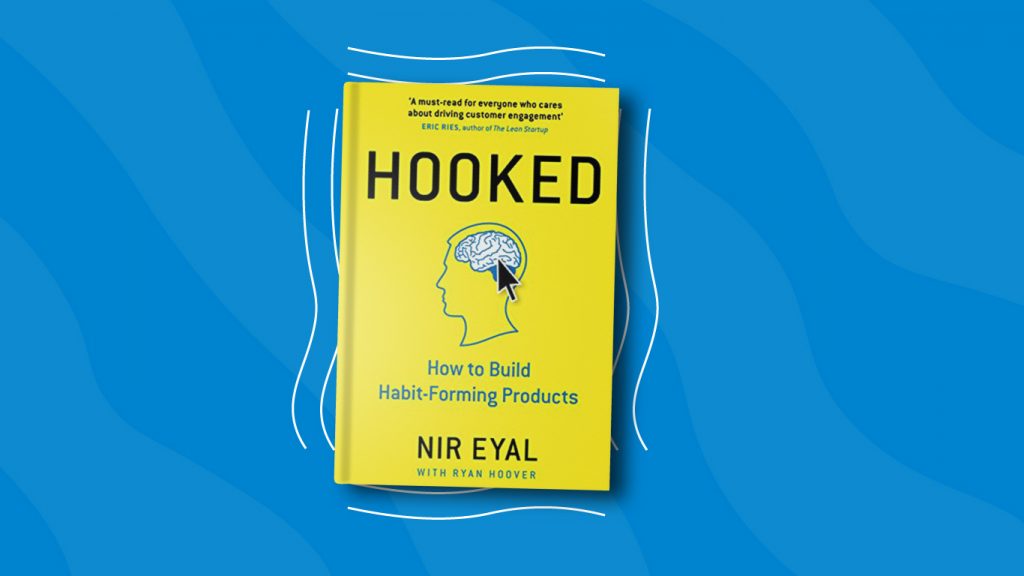
Being a Product Manager, saying that you love products is an understatement. You live and breathe for them. And you feel especially delighted if customers just cannot stop using your product.
Every product does not always mesmerize a user in that special way. Figuring out how to entice your users, thus, becomes a challenge.
Not anymore. Now a classic, ‘Hooked’ lays out the foundation for building a product that users cannot stop using.
It explains various psychological processes that are at work when humans interact with products. Further, it shows how you as a maker of products could leverage them to better your products.
By introducing hooks and triggers within your product, you ensure that the user builds a relationship with your product. The stronger the attachment, the more a user would come back to an app.
And, indisputably it is one of the best books recommended for product managers.
Inspired
A reference resource for technology product managers covers real-life product stories.
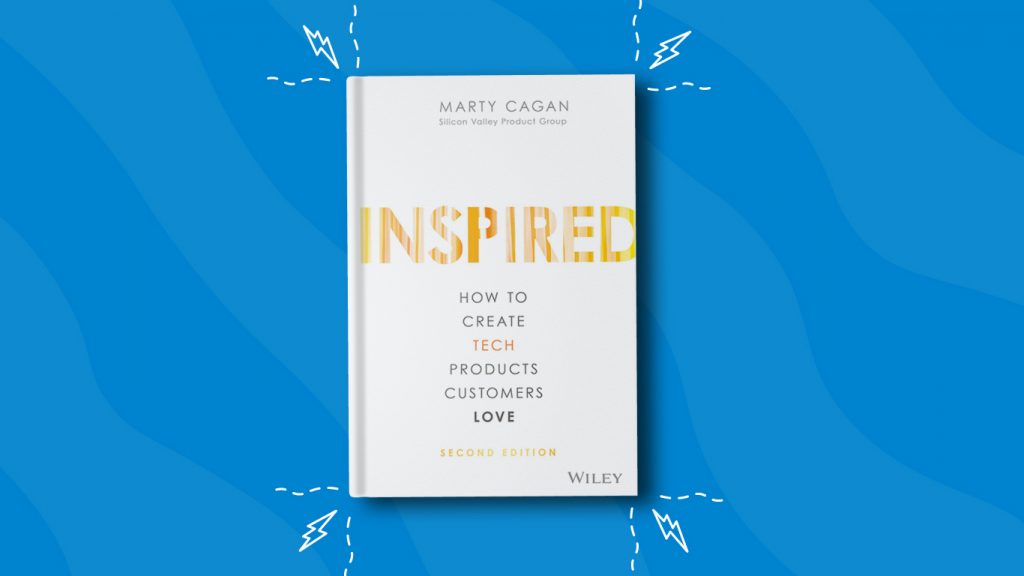
Here are some ambitious projects taken up by big companies: Google Glass, Facebook Home, Windows Phone, and Zune.
These products are in common in one way: They failed after they launched. So much that you probably have not heard about half of these before.
As a Product Manager, a situation like this can be undoubtedly called as your nightmare.
Luckily, ‘Inspired’ leads the path to avoiding such grand mishaps.
In his book, Marty Cagan explains how Product Managers (and related roles) are responsible for discovering a product-idea that is “valuable, usable, and feasible.”
He then goes on and puts out the entire process of discovering such a product-idea. At the core is the idea that great products are never a result of an accident, but of careful decision-making.
The bottom-line: If an idea does not inspire even a single soul from Day 1, it will not inspire anyone in the future.
Inspired can be easily seen among the top books in any product manager blog.
The Innovator’s Dilemma
Compiled analysis of corporate failures and guide for disruptive innovation
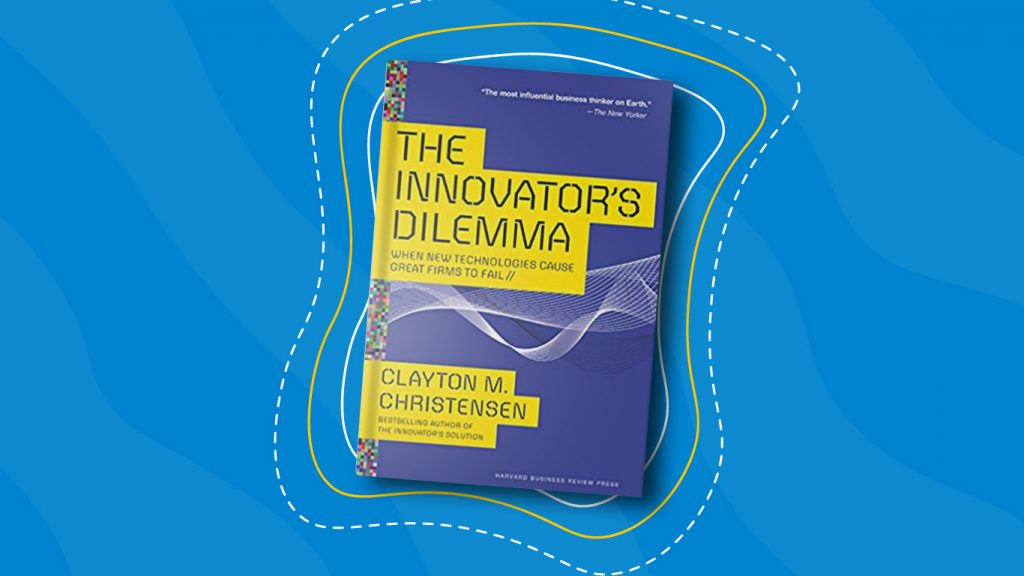
Until now, we have had books that shed light on building better products faster. This book addresses a different issue: Market-Dominance.
As the 21st century matured, we saw big companies such as RIM (remember Blackberry?) and Kodak— not just lose their market share, but completely shut down.
These companies were the dominant power in their respective markets— RIM in mobile phones and Kodak in portable cameras—yet what seems like overnight, they lose all their market-influence.
“The Innovator’s Dilemma” takes its time to explain how such a thing could happen.
A changing market can overthrow a previously-successful business. The book argues that regardless of how good its upper management is, it will go under the bridge.
This might sound contradictory. After all, good management should mean market-stability, should it not?
But as the chapters unfold, the book reveals that it is the exact ‘goodness’ of the management that causes big companies to fall under the pressure of new times.
Simply put, stable management techniques tend to overlook and avoid market-experiments. In the face of a changed market, they still behave in past ways which obviously does not produce results.
“The Innovator’s Dilemma” lays out the key aspects that can help a PM ensure that always listen to the changing pulse of the market and stay ahead.
And we can easily call it one among the best books for product managers.
Zero to One
Lectures about the experience, personal views on entrepreneurship, and startup ideas.
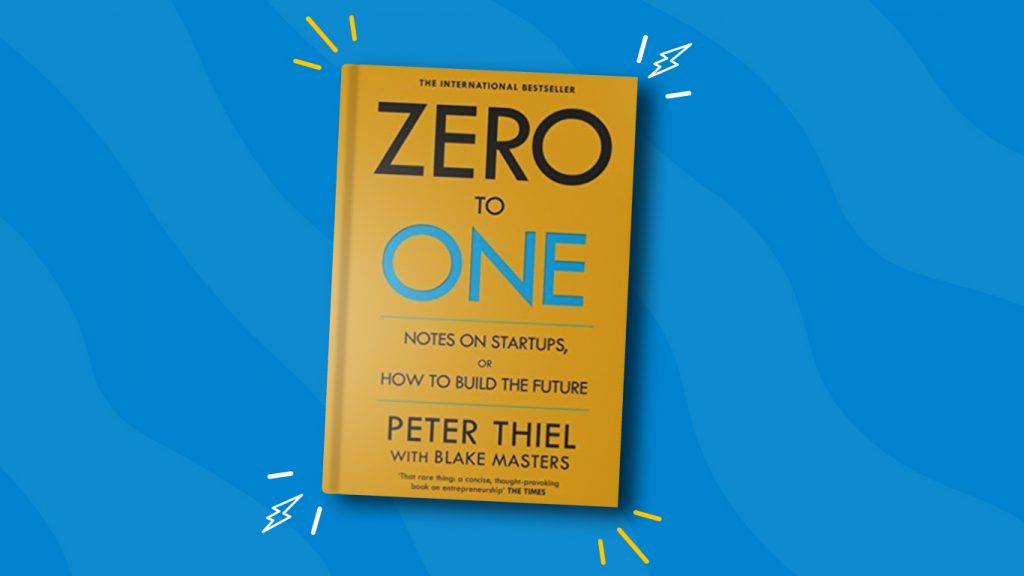
Being innovative in the product-space is a hard nut to crack. Market-competition has increased; the low-hanging new ideas have decreased. As a Product Manager, creating something that is unique and has a high chance of growth is a real puzzle for the brain.
This is where ‘Zero to One’ comes in. It does not come with a set of guidelines, because what worked for one disruptive product will not for another. Instead, it comes with a series of short essays that intrigue and inspire the Product Manager (and any related role).
With chapters such as ‘The Challenge of the Future’ and ‘If You Build It, Will They Come?’, the book aligns a Product Manager to the important aspects of building products that not just thrive in a market, but at times create their own.
Crossing the Chasm
Lectures about the experience, personal views on entrepreneurship, and startup ideas.
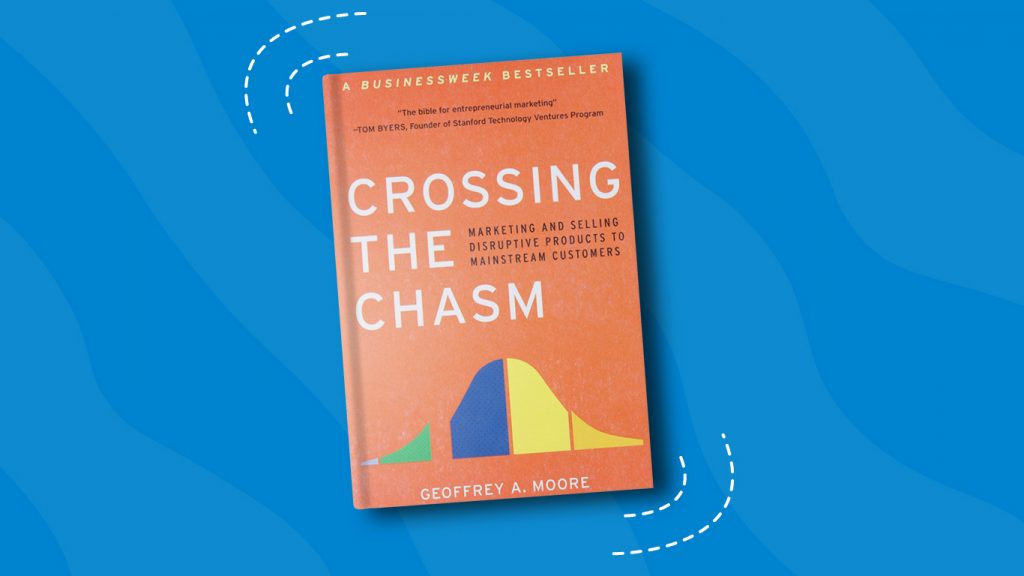
Spreading the word about your product is as challenging as building it. The key hurdle is always finding a strategy that works for your product. Until it is found, there exists a gap or ‘chasm’ between your product and its customer base.
As a Product Manager, researching and formulating a strategy that properly positions your product in the marketspace lies is partly, one of your responsibilities.
This book aims to help Product Managers and their kind to cross the ‘chasm’ and bring attention to your product.
Practical guidelines such as creating segments within your target audience and writing better text that any user understands fill this book up.
Made to Stick
Guide about principles to make ideas stickier.
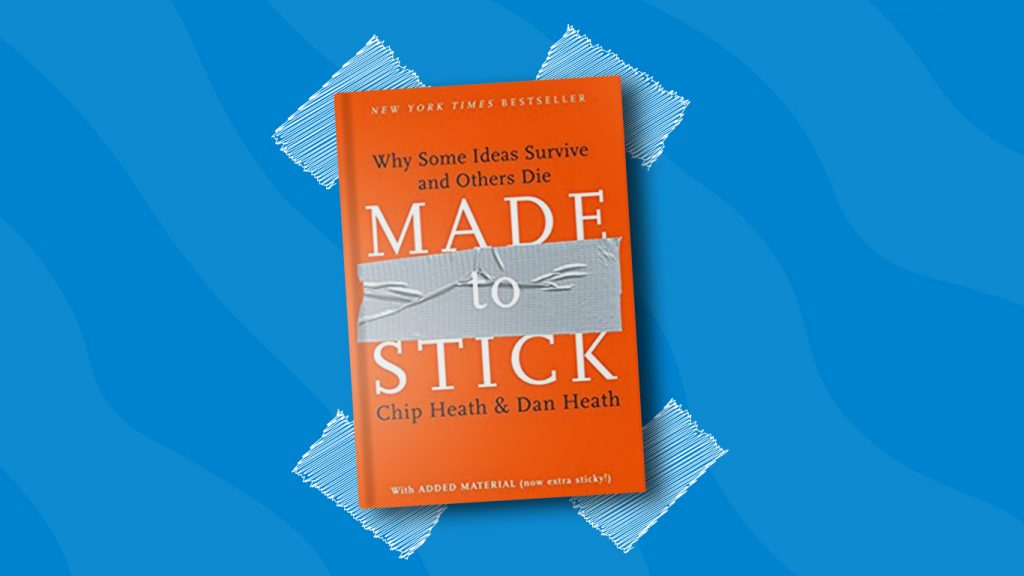
Marketing a product has its own set of challenges. You’d either spend a lot of money or spend a lot of time and talent before imprinting your brand’s name on the market.
Unless your brand goes viral.
A post or a video about a product going viral is a miracle that can cheer any startup team.
But what goes or will go viral is something that even economists cannot predict with ease.
Virality might be hard to achieve. Making sure that the core ideas behind your product; the ‘why’ that drives your team to build and maintain the product is communicated well is not hard.
It not just requires having a good narrative in place but requires having a product-idea that is bound to resonate with the audience.
In ‘Made to Stick’, the Heath Brothers put out thought-pieces and key insights to help Product Managers and their kind understand what makes users like an idea so much that they keep coming back to it, i.e., what makes an idea stick with users.
Following the principles will bring every Product Manager closer to having a delightful product, which in itself increases the chances of virality.
Escaping the Build Trap
Complete product management principles for organizations of any size.
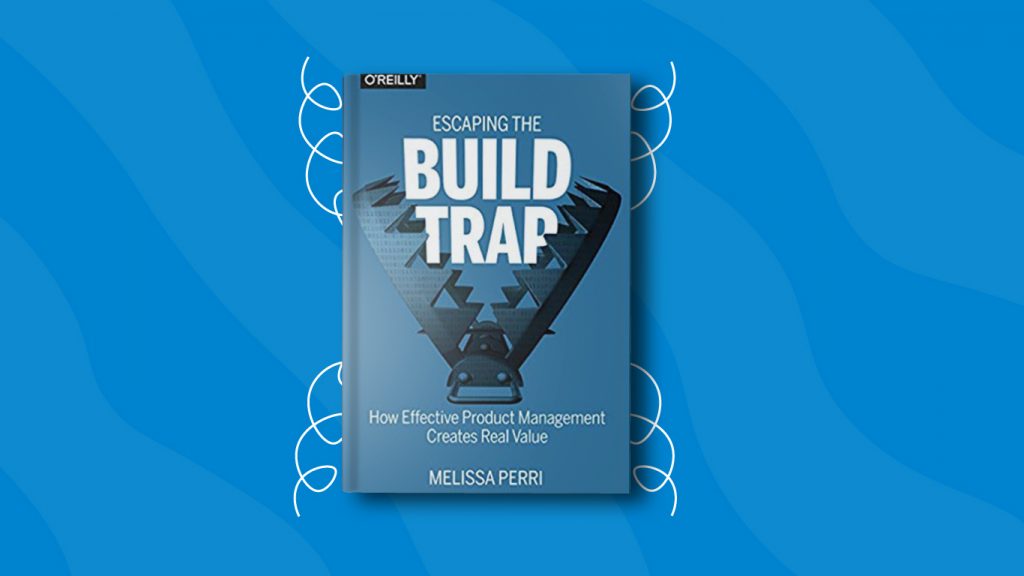
Productivity, at its core, is about producing or getting close to an end-result. Driving high rates of productivity is the topmost concern of every organization.
But, as ‘Escaping the Build Trap’ points out, producing for the sake of showing activity does more harm than help.
Aimed toward the people that run an organization as well as Product Managers, this book shows that shipping products for ticking off a deadline only gives temporary relief.
This is because work done in a rush is never well-framed or well-researched.
The book instead strives to show that instead of promoting productivity alone, driving a culture of research, feedback, and iteration before shipping will bring permanent success.
On the surface, such learning processes do not seem to produce anything immediately. But after a solid session of research, the stakeholders would be better informed and make a better product. The productivity rate might have decreased, but the quality of the product increases drastically.
For Product Managers to make products that delight users
Users cherish, they would need to have expertise across a wide range of concepts. Whether it is knowing if a product-idea will achieve product/market fit, or assessing if an idea is inspiring enough in the first place, they’d have to train their brains to be cognizant.
These 10 books can help a Product Manager achieve that, along with being on top of framing a proper build-methodology.
It goes without saying— The more a person reads, the more knowledge they can apply on a given set of problems.
Bookmark this as one of your product manager blogs and share it with anyone you think would be interested in sharpening in their brain.
Until next time, keep reading!







Add comment